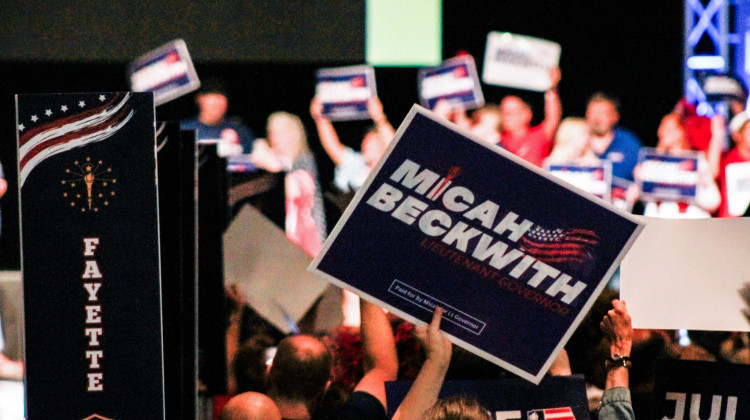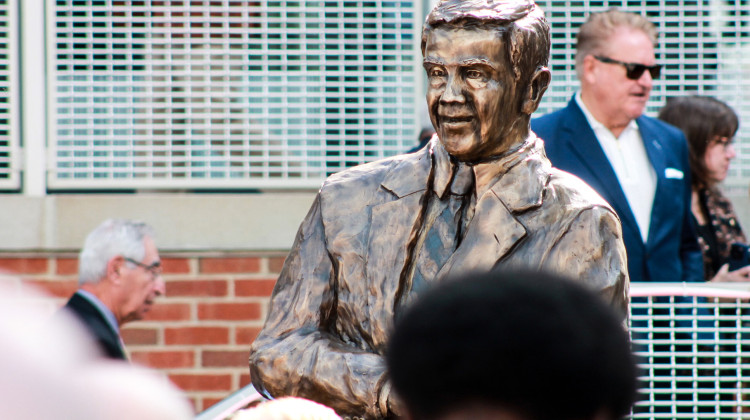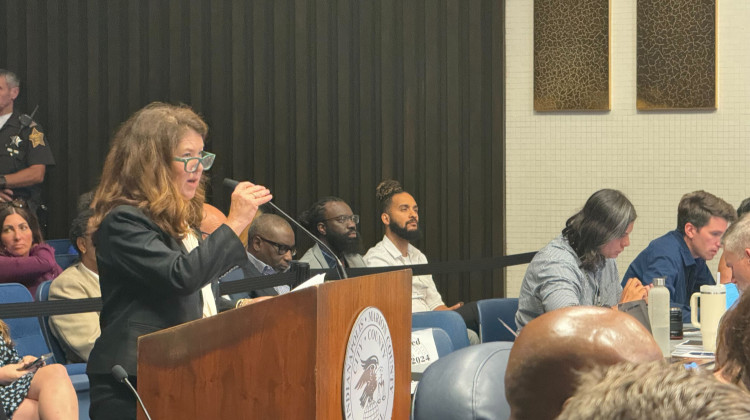INDIANAPOLIS -- Supporters of legislation that would regulate Indiana high-fenced deer hunting say the recent resolution of a decade-long court battle – negating any state authority over the industry – will give them traction this session.
Rodney Bruce is an owner of one of Indiana’s high-fenced deer hunting preserves, where people can pay money to hunt farm-raised deer in an enclosed area. The state court system ultimately decided last year that Indiana has no authority under current law to regulate facilities like Bruce’s. He says that makes this year’s legislation critical.
“We’re out of options and it’s time to put this to bed," Bruce said. "And I think everybody that has a dog in this fight has contributed to this resolution.”
The bill would allow an unlimited number of preserves, all under the authority of the Board of Animal Health. It requires new reserves to be at least 100 acres, fences to be at least eight feet high, and mandates reporting of disease and escape.
Groups ,including the Humane Society and the Hoosier Environmental Council, say the regulations aren’t strict enough. But sportsmen’s groups, such as the Indiana Deer Hunter’s Association, oppose the preserves entirely. Association representative Doug Allman calls them an “affront” to Indiana’s hunting culture, which he says is about fair chase.
“Don’t call it hunting," Allman said. "That’s like a guy that hires a prostitute and says ‘This is true love.’”
A Senate committee approved the bill 8-1, with a Democrat casting the lone dissenting vote.
 DONATE
DONATE







 View More Programs
View More Programs


 Support WFYI. We can't do it without you.
Support WFYI. We can't do it without you.